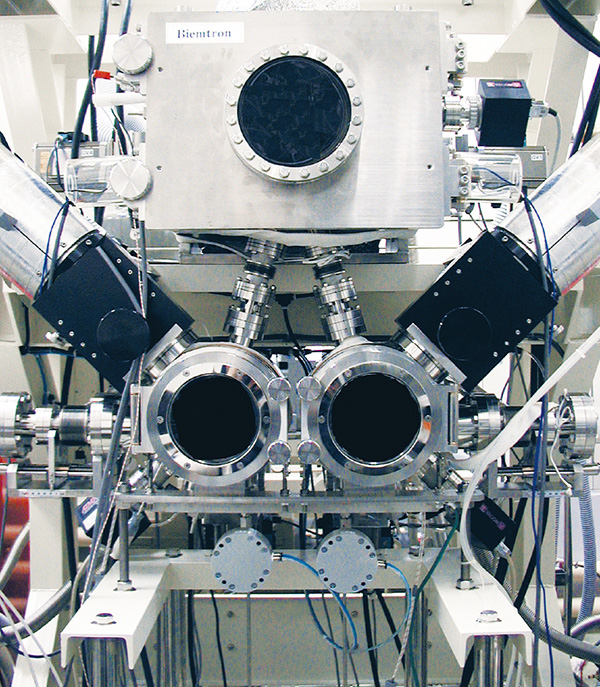
Material Processing Engineering Laboratory
Developing new materials by nanotechnologies
In the cases where the component materials are made tiny (i.e., nanoparticles consisting of about 200 atoms), the melting point is lowered to one-fifth of their larger version. For instance, the melting point can be lowered to 200°C from 1000°C in these cases. Hence, taking advantage of the wonders seen in nano-sized components can lead to the creation of materials that could not possibly be made before. We succeeded in developing materials by blending with precision the materials that do not blend, such as water and oil. Moreover, our laboratory is developing new materials by using nanotechnologies.

- Faculty Name
- YUMOTO, Atsushi
- Keyword
- Nanotechnologies,Magnetic materials,Biomaterials,Next-generation semiconductors,Solar cells,Membrane,Semiconductors,Photocatalysts,Nonferrous metals
- Laboratory location
- Research Building TOYOSU Campus 11F 11G25
This lab is for this SDG activity:
STUDY FIELDS
- Materials science and engineering
- Chemistry
- Applied physics
FOR SOCIETY
In collaboration with companies, we are developing new methods of material synthesis by using nanotechnologies in order to make magnetic shields, which are used for mobile phones and MRI (magnetic resonance imaging) machines, as well as the artificial joints that function as human bones.
RESEARCH THEMES
- Development of nanocrystalline magnetic thin films through supersonic free jet PVD (physical vapor deposition)
- Development of solid oxide fuel cells
- Development of nanocrystalline silicon thin-film solar cells
- Development of thick-film ceramic coating for power semiconductors
- Development of titanium films dispersed with hydroxyapatite particles as a substitute for biological hard tissues
- Evaluating AC soft magnetic properties in magnetic membranes by pulse/reverse electrodeposition




